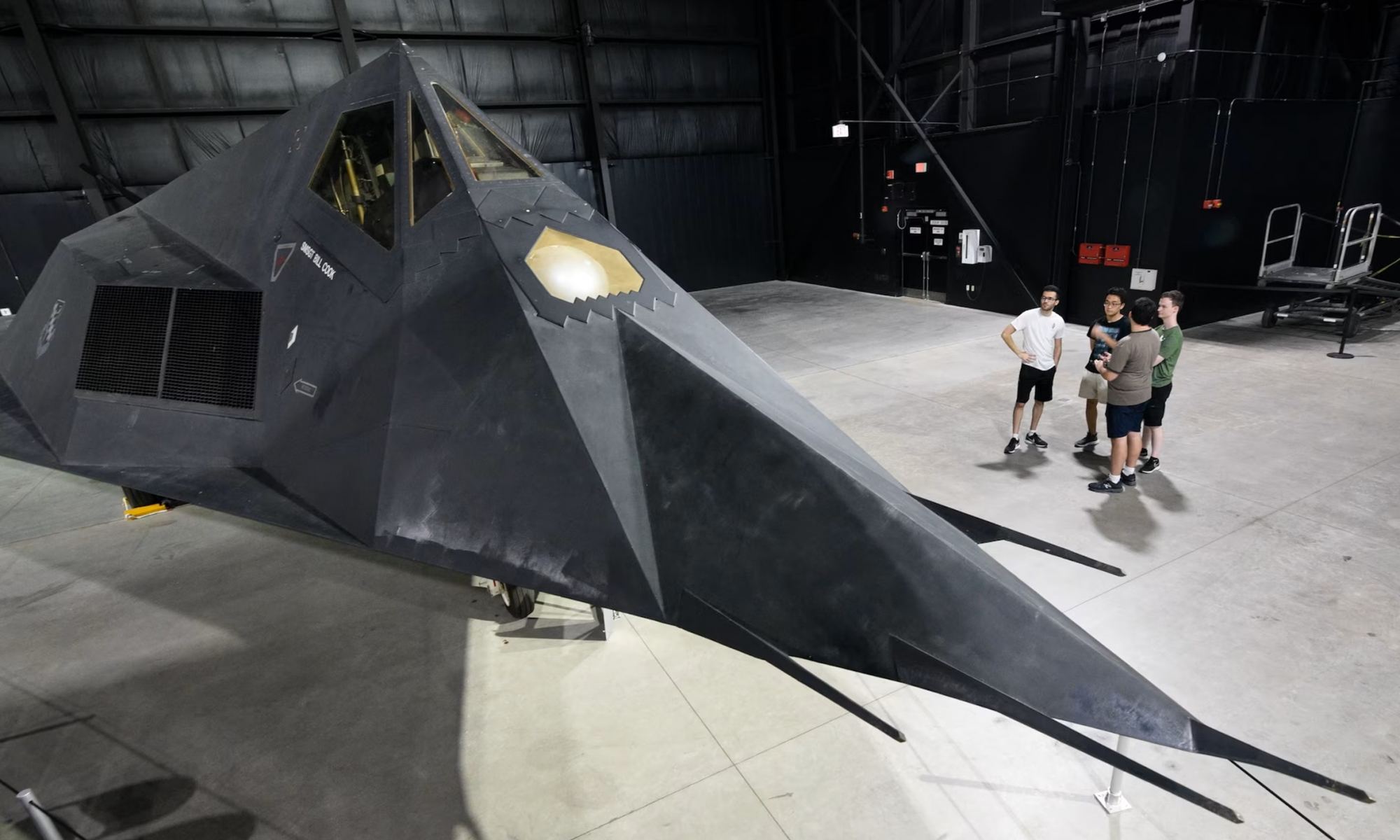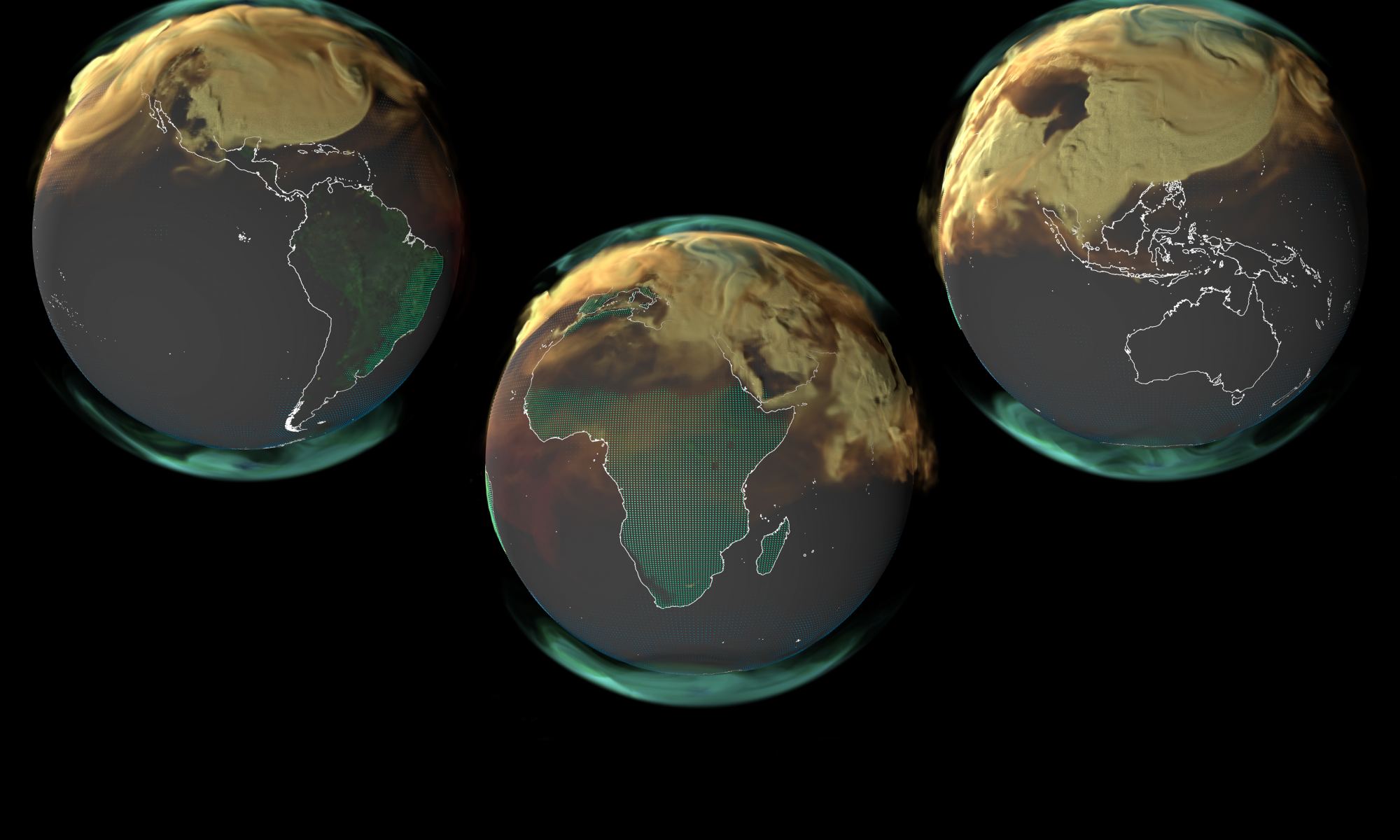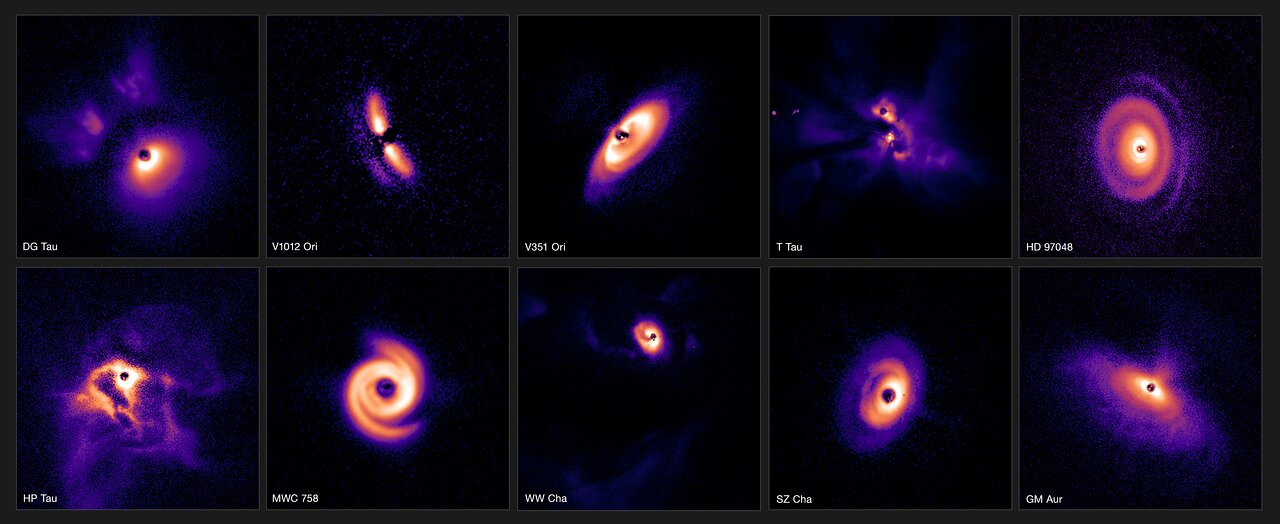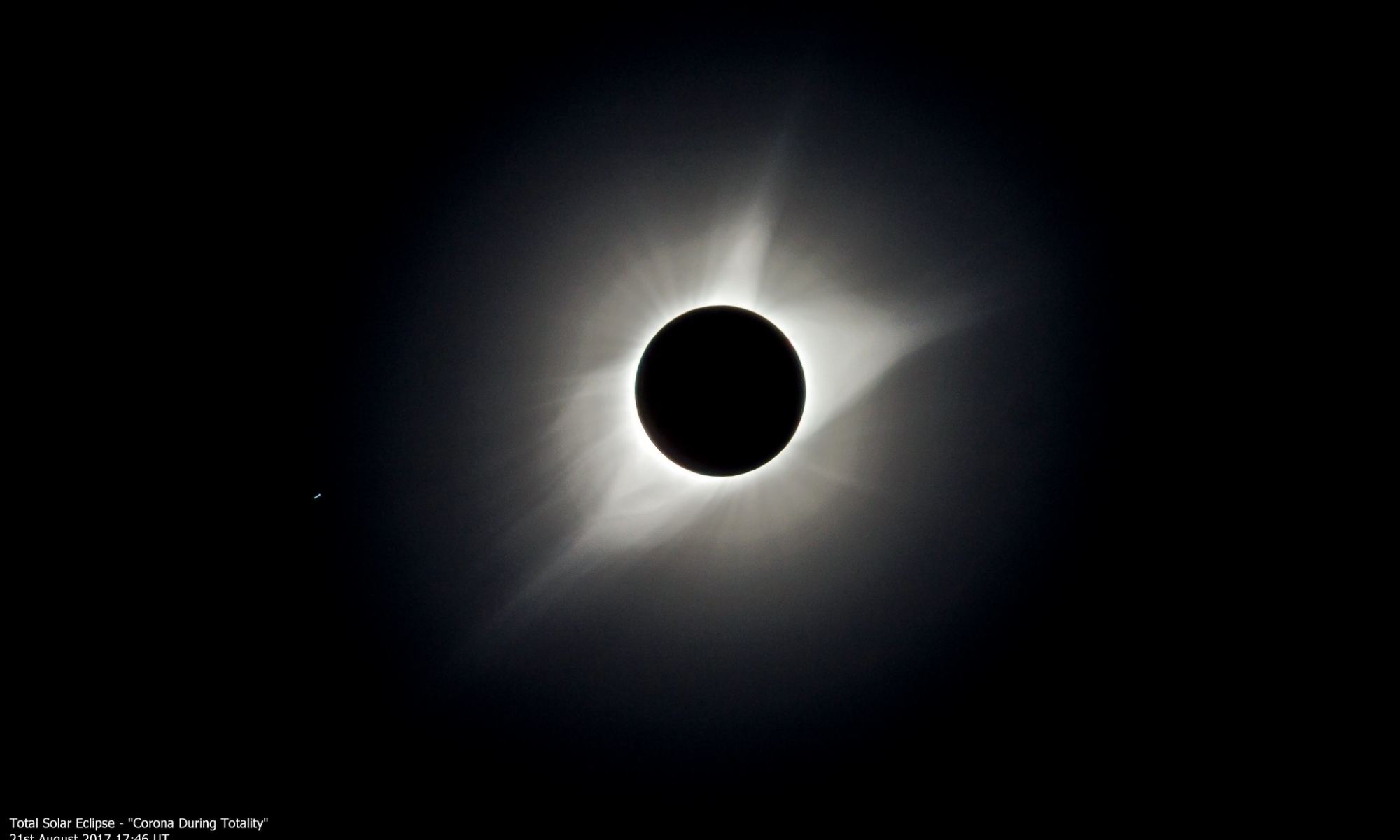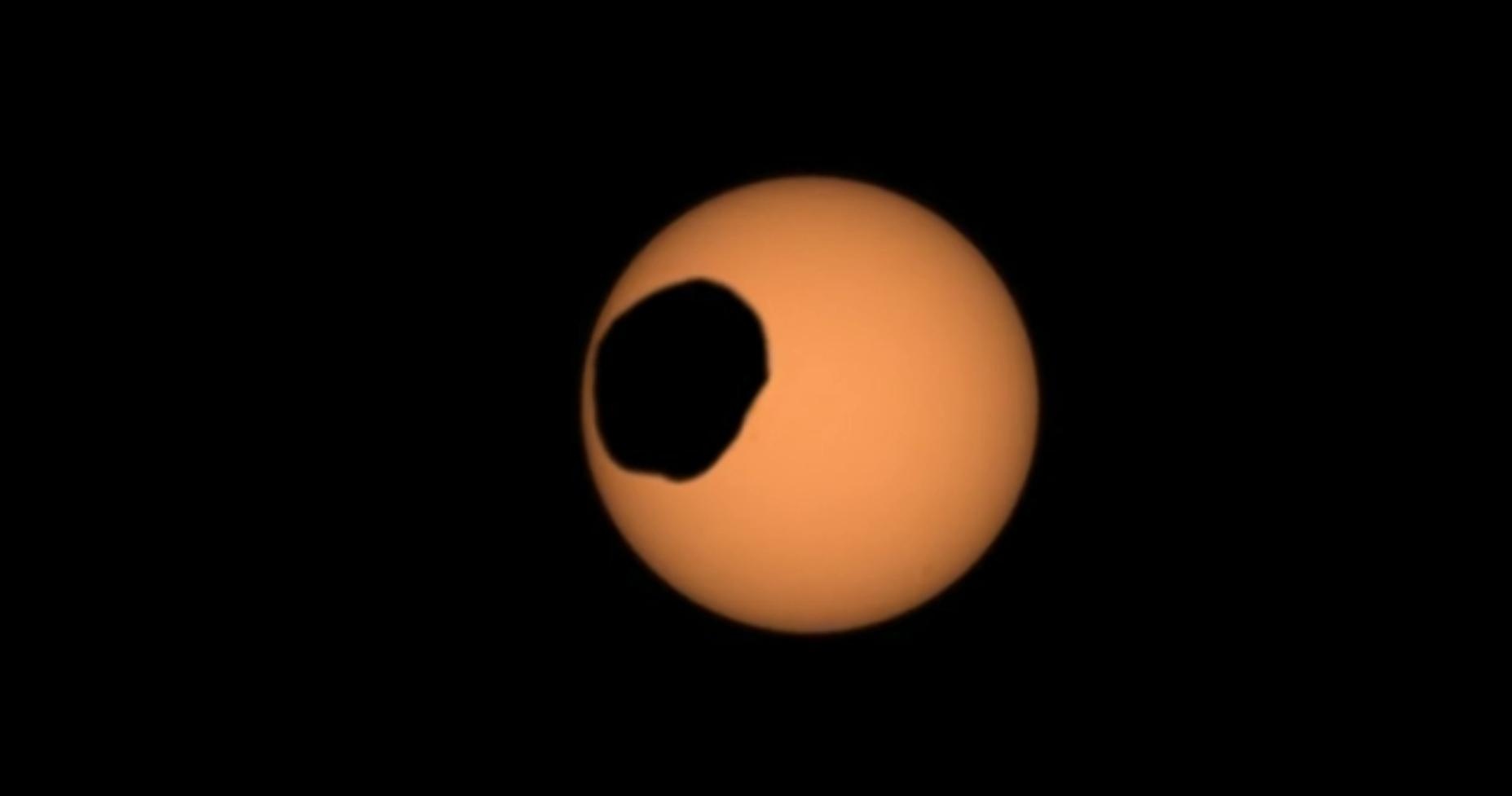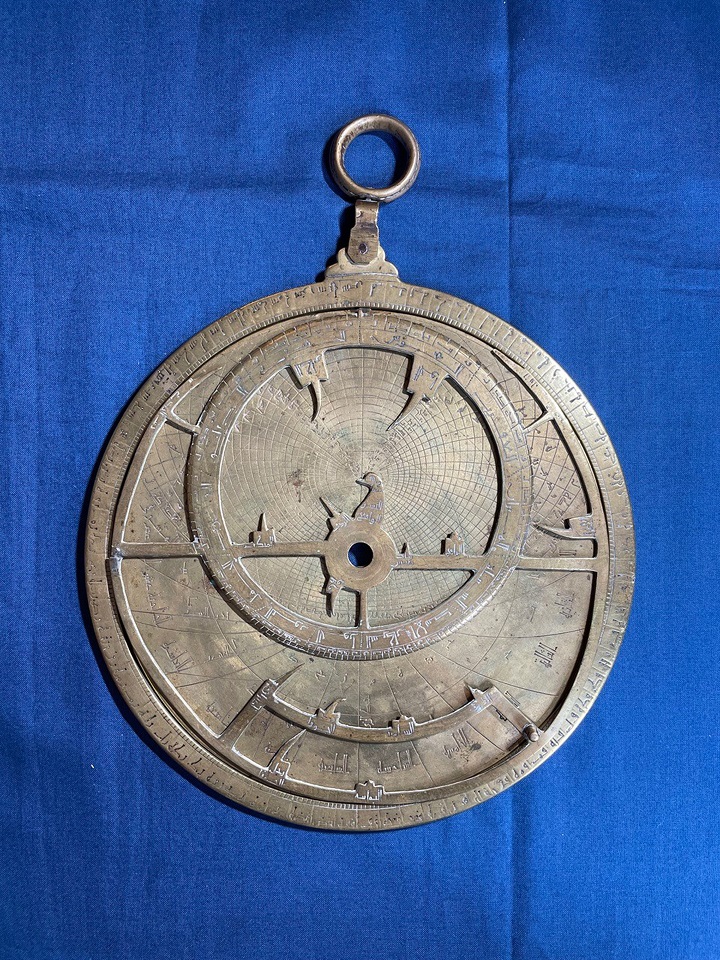The Pentagon office in charge of investigating UFO reports — now known officially as unidentified anomalous phenomena, or UAPs — today provided its most detailed explanation for what it said were false or misconstrued claims of alien visitations over the decades.
The first volume of a historical record report released by the All-domain Anomaly Resolution Office, or AARO, in response to a congressional mandate did include a fresh disclosure: During the 2010s, U.S. government officials considered a proposed program code-named “Kona Blue” that would have looked into the possibility that extraterrestrial technology could be reverse-engineered. But the Department of Homeland Security rejected the idea because it lacked merit, the report said.
“It is critical to note that no extraterrestrial craft or bodies were ever collected — this material was only assumed to exist by Kona Blue advocates and its anticipated contract performers,” according to the report. The same assumptions were made by outside investigators who delved into UAP reports as part of an earlier Pentagon-funded program, AARO said.
One of the investigators involved in that program — which was known as the Advanced Aerospace Weapons System Application Program or the Advanced Aerospace Threat Identification Program (AAWSAP/AATIP) — made clear that he’d continue trying to keep the alien angle in the public eye.
Continue reading “Pentagon Report Rules Out UFO Cover-Up, But the Debate Goes On”
